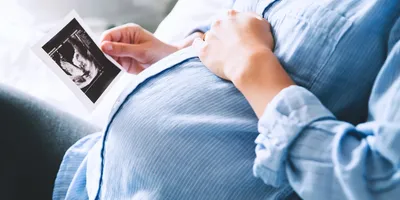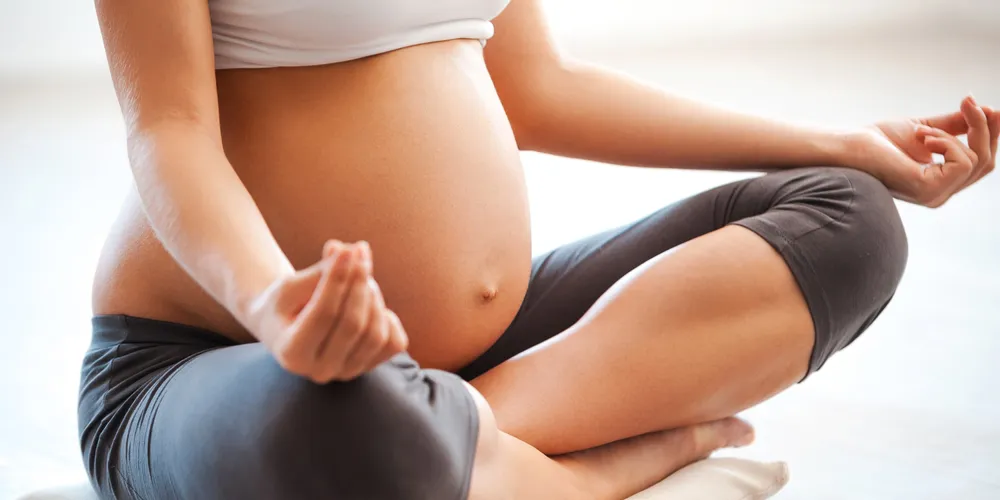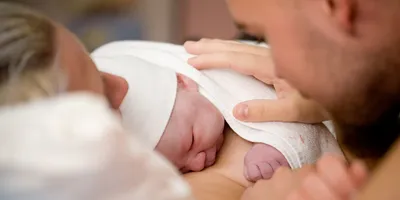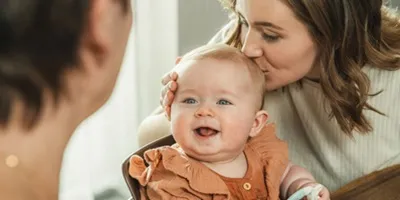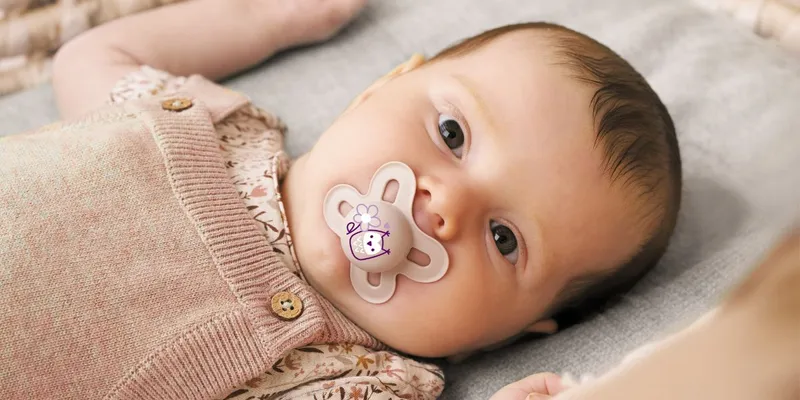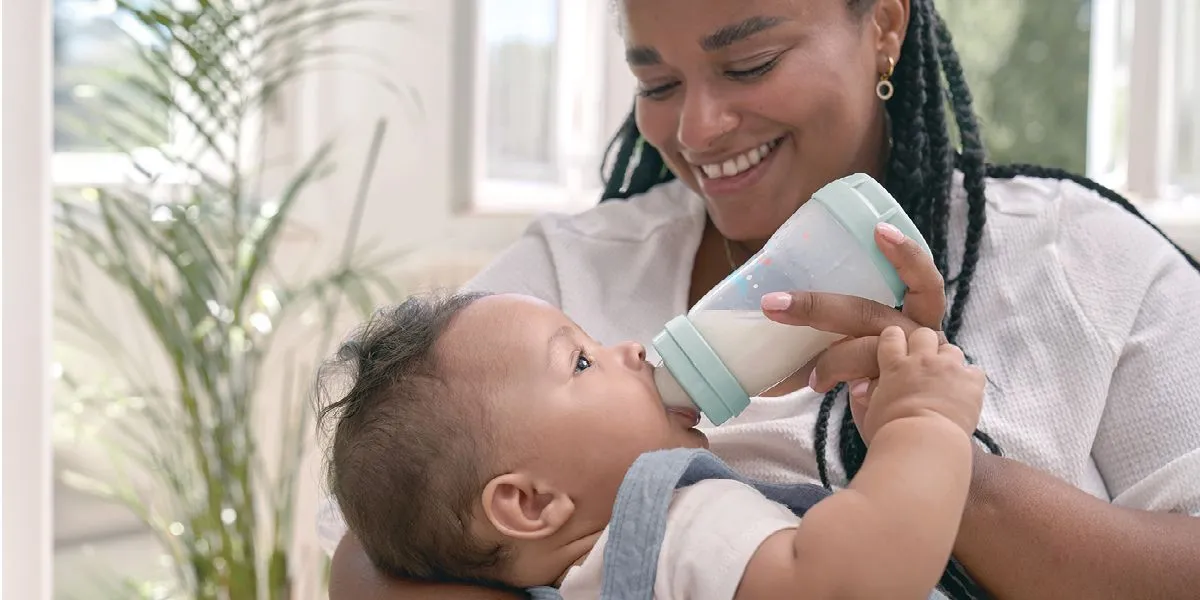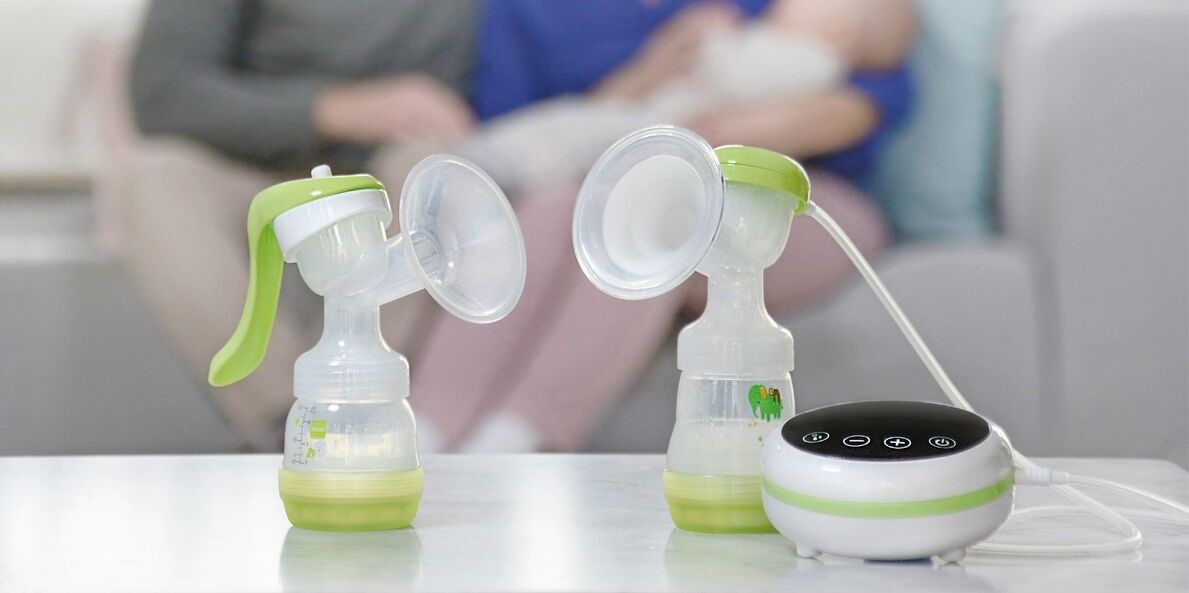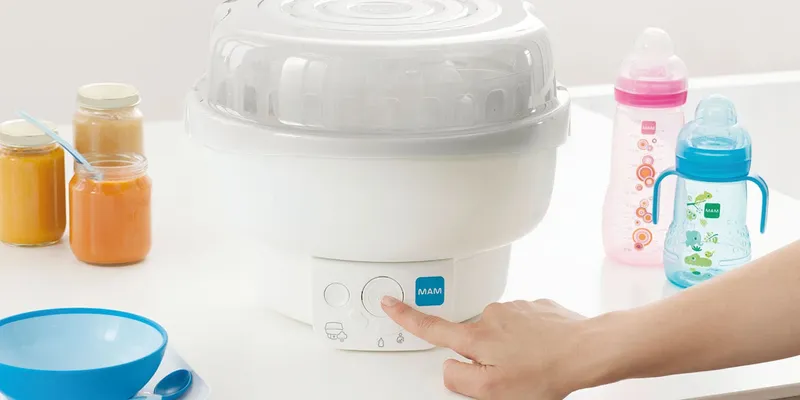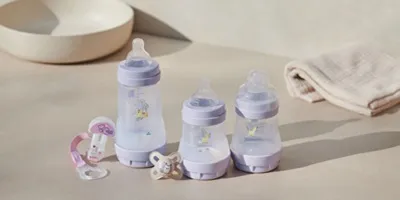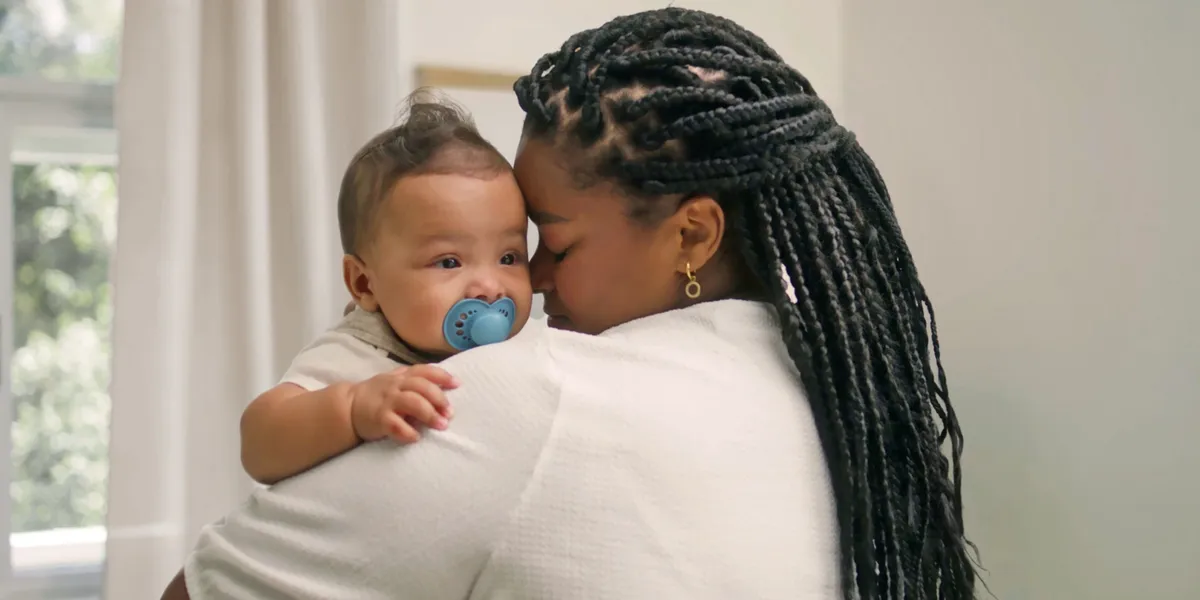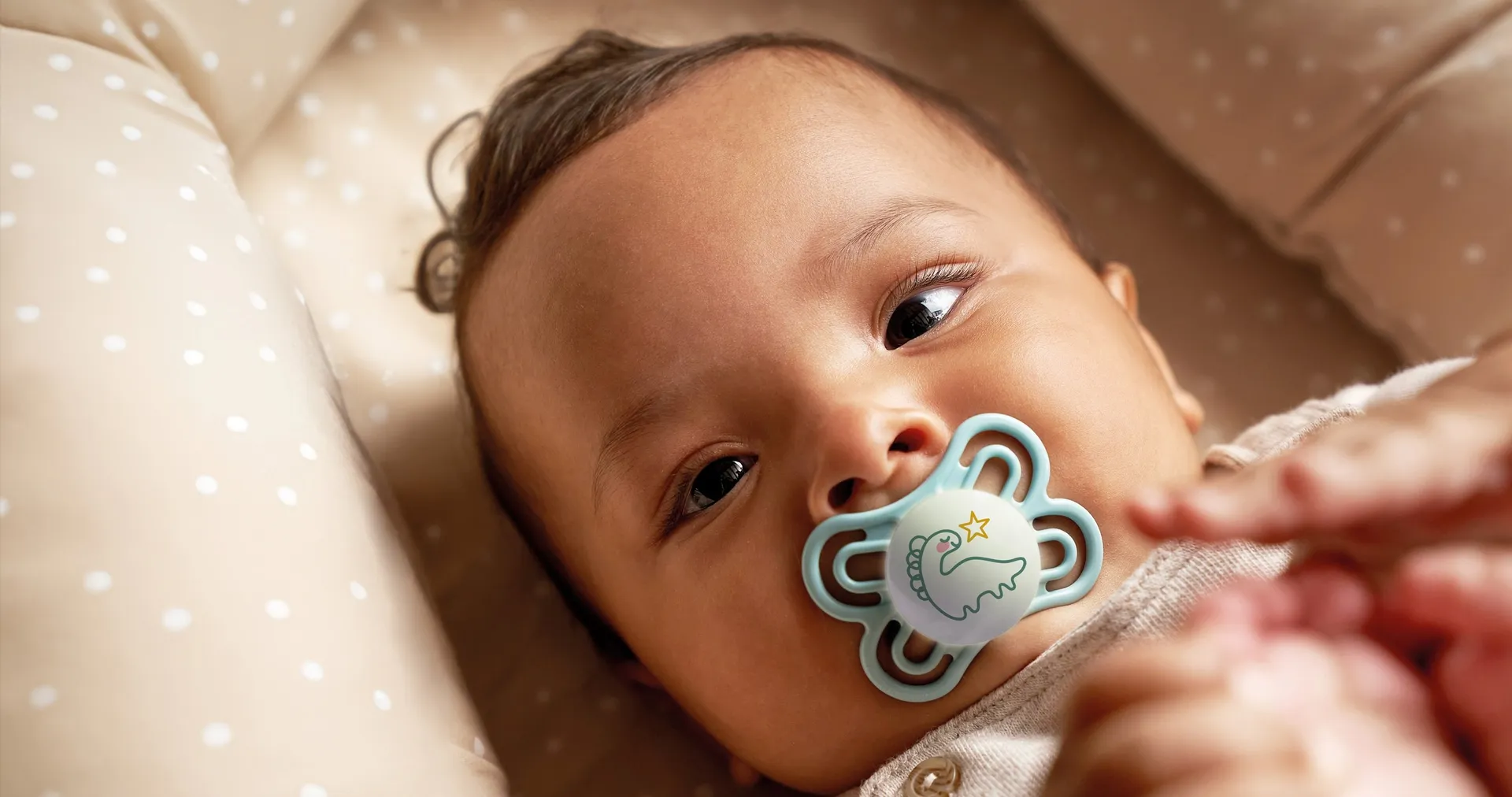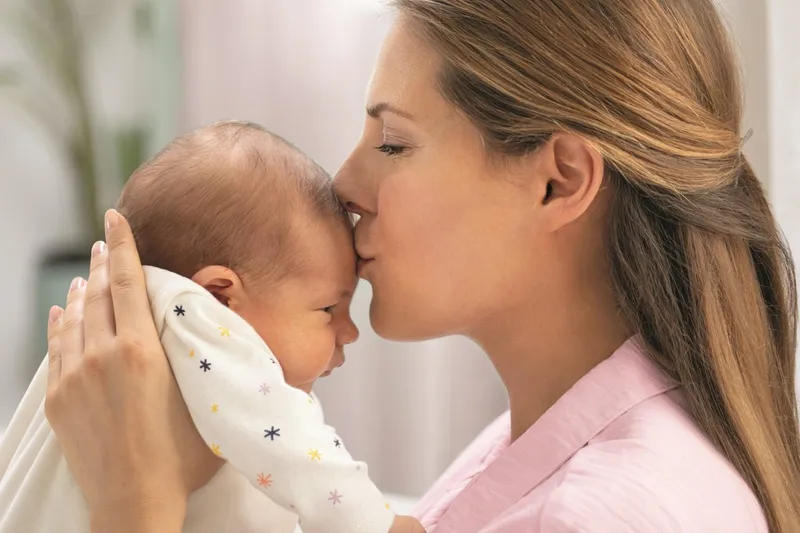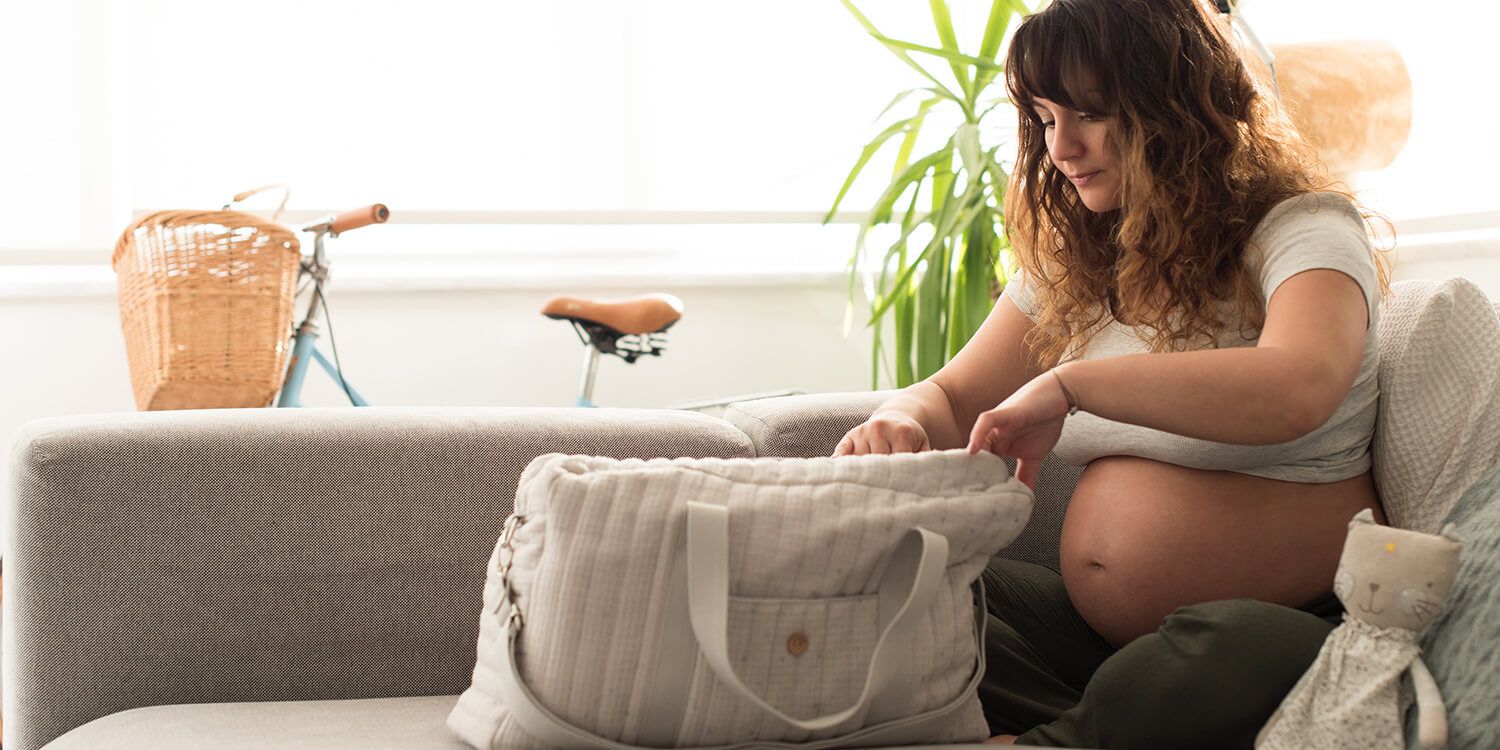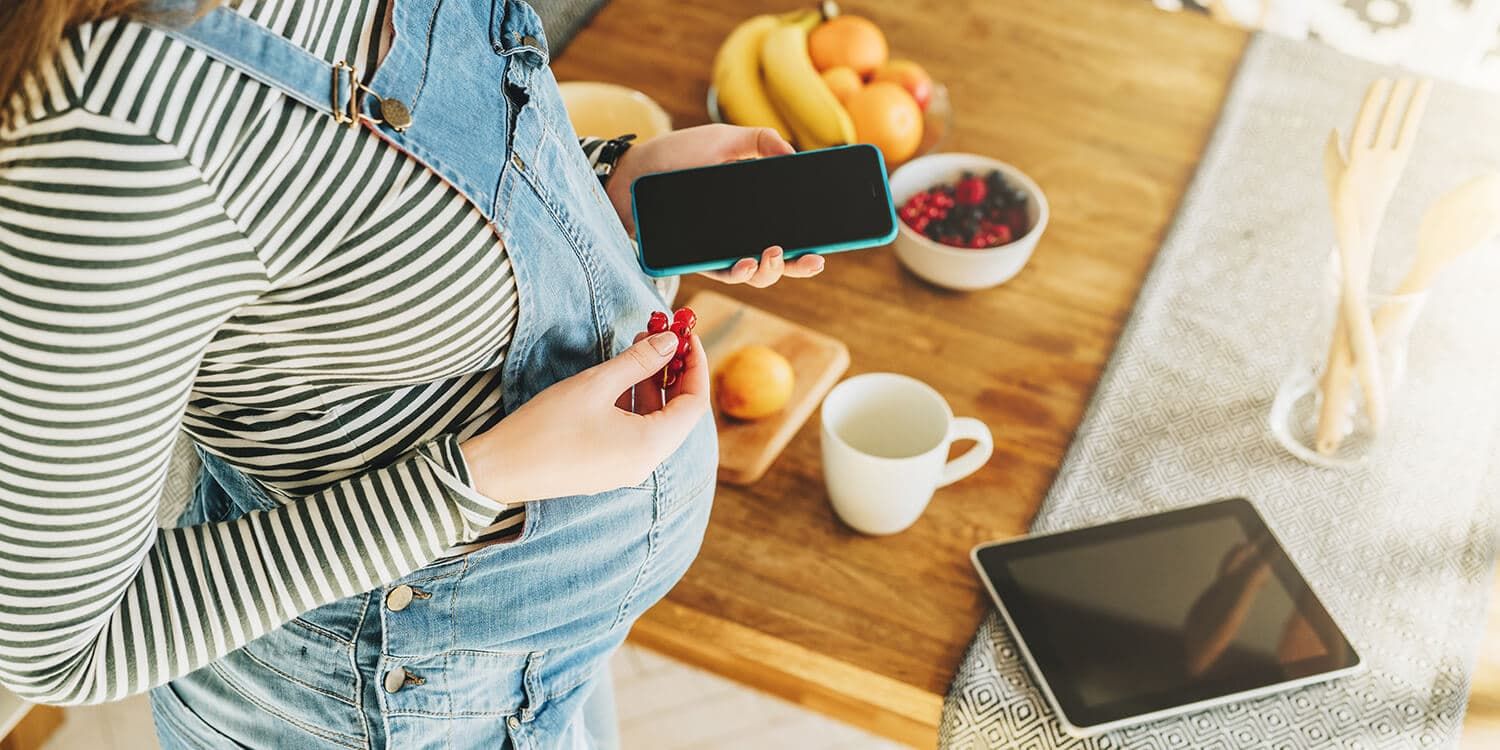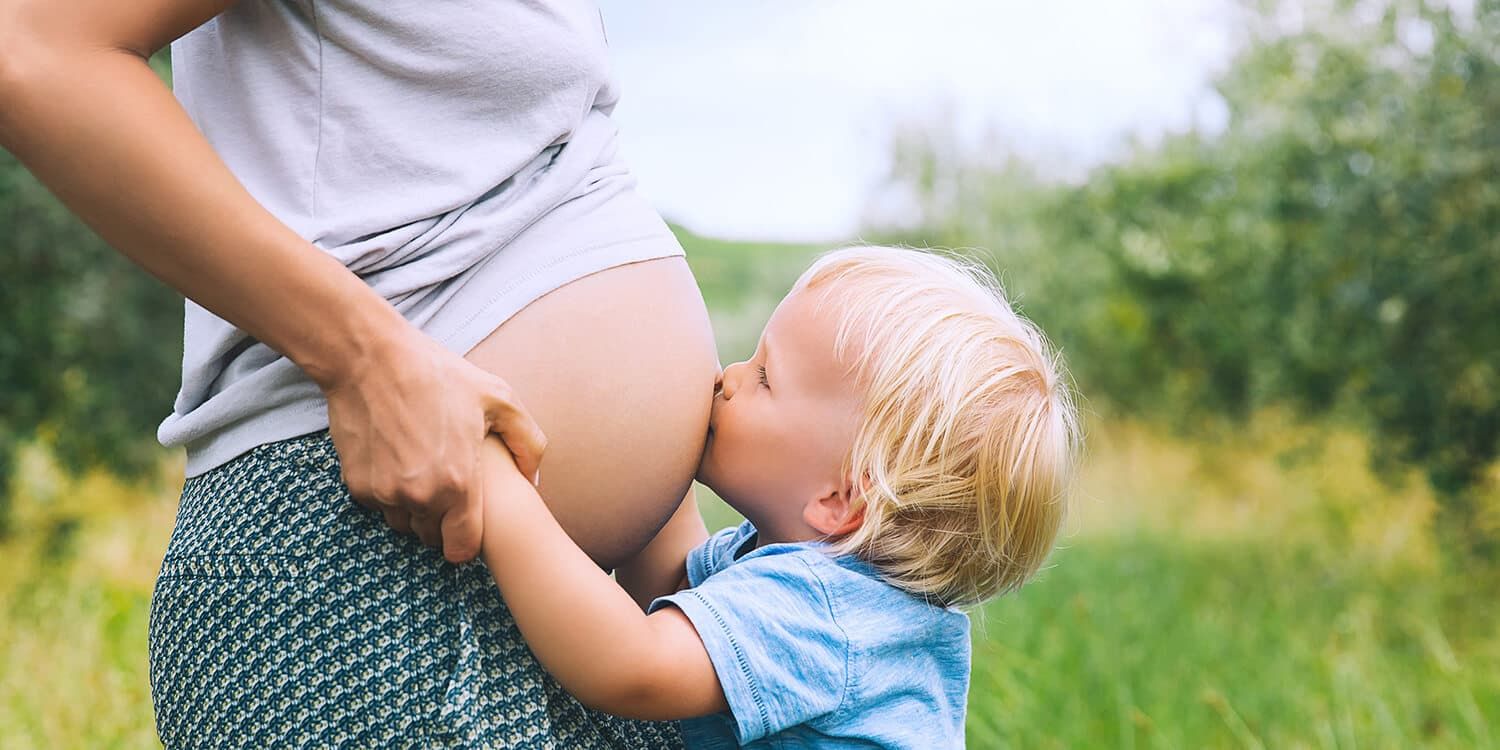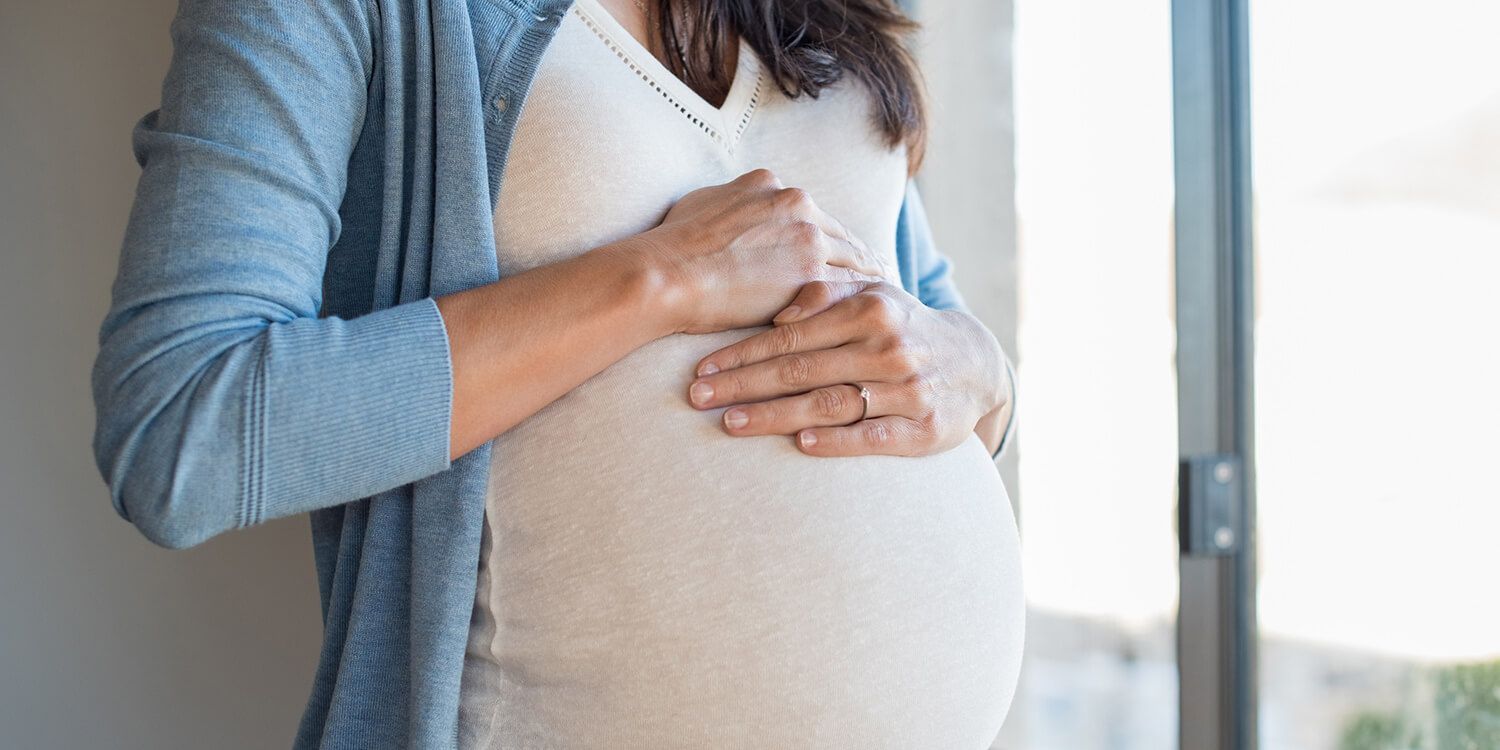Unbelievable but true: your baby bump will keep on growing in the coming weeks! The main job of your tiny human being is to put on even more baby fat. Find out why it's not bad news if your baby is still not in the head-down position, what you need to pack for your stay in hospital and other interesting facts now that you are 31 weeks pregnant!
What's going on inside you at 31 weeks pregnant?
The size of the foetus is around 40 cm (crown - heel) and it weighs approx. 1600 grams.
There is even less room in the womb now. If your baby is in the breech position (that means, it is "sitting up" with its bottom pointing downwards), it still has until pregnancy week 35 to turn.
Your baby is now about as heavy as a butternut squash.
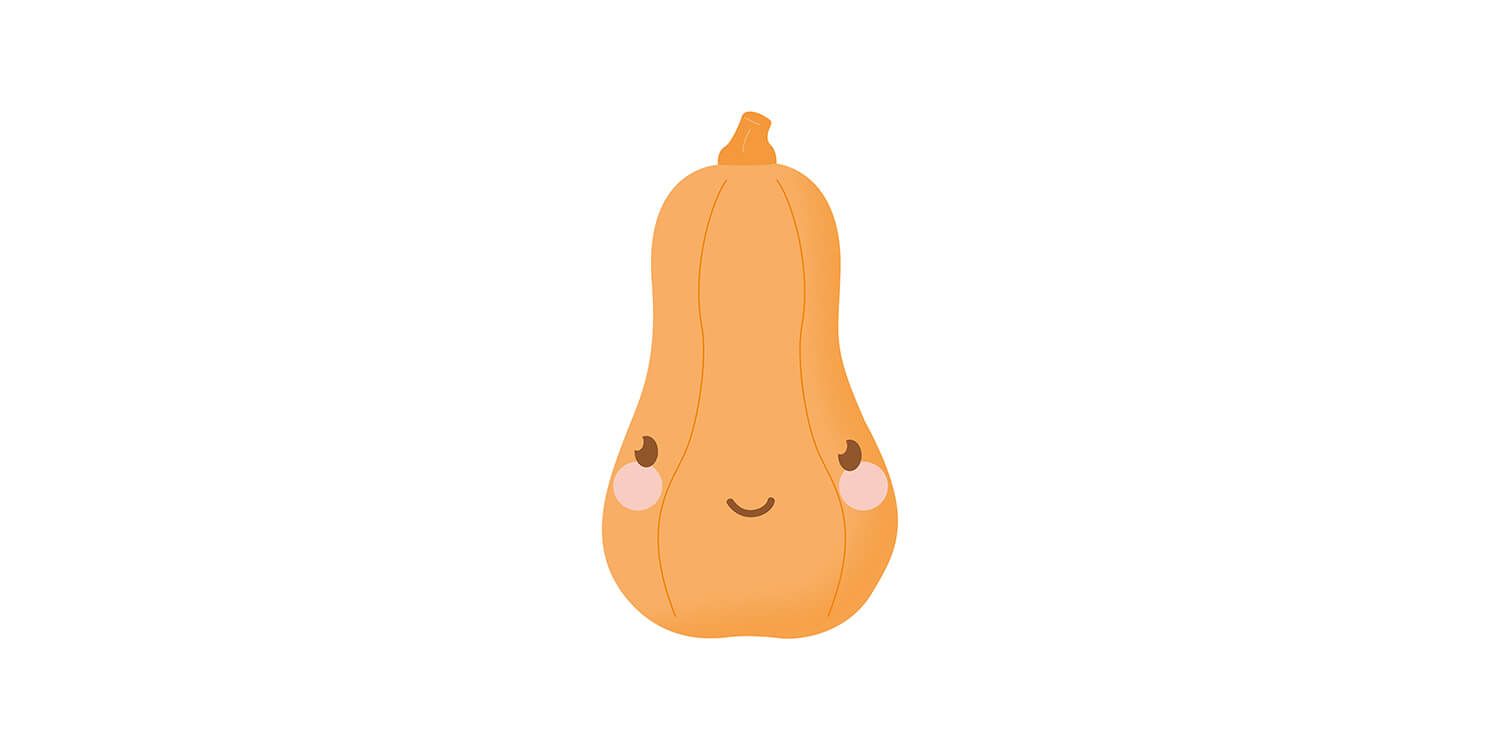
- Vertex presentation: the foetus is positioned in the pelvis head-first, looking down
- Breech position: the foetus is "sitting up", bottom-first in the pelvis
- Oblique position: the foetus is lying diagonally across the womb
- Transverse position: the foetus is lying horizontally across the womb
How do you feel at 31 weeks pregnant?
Are you still managing to walk normally or are you waddling now? It's hard to imagine, but your baby bump hasn't reached its maximum size yet! This means that your body's centre of gravity continues to change, as does your posture and gait. Your large bump and your body's preparations for the birth may also be posing a few pregnancy-related problems. Apart from specific aches and pains, many pregnant women generally find day-to-day life more difficult. Pulling on socks and tights, going shopping or working – everything can be much more strenuous.
Typical pregnancy-related problems in the 31st week of pregnancy (or 3rd trimester):
- Braxton Hicks contractions (practice contractions)
- Lower back pain
- Heartburn
- Pain in the pelvis
- Headaches
- Dizziness or circulation problems
- Poor sleep
- Dry nails
- "Leaky" breasts (colostrum)
- Frequent urge to urinate
- Shortness of breath
There are some very simple remedies to help counter these pregnancy-related problems: rest and drink plenty of water. However, if you already have a little one in tow, you often won't find it very easy to grab some time to yourself. A perfect time to get your partner more involved! Naturally, grandparents, uncles, aunts and other babysitters are now worth their weight in gold when it comes to lending a hand. Ultimately, your body is already working hard – so any support will do you good!
You can start to think about packing your hospital bag, which raises the question:
What do you really need in your hospital bag?
- Important documents should always be with you, e.g. your green pregnancy notes.
- Handy snacks such as glucose tablets, crackers or dried fruit and nuts, as well as cereal bars, can all be stored in your bag. They will give you some energy between contractions or when you are waiting at the hospital.
- A long, comfortable shirt or nightshirt for the birth (if you do not wish to wear a hospital gown)
- Nightshirt or pyjamas with buttons: comfortable, clean clothing after the birth that does up at the front is ideal for breastfeeding
- Maternity bra: because your bra size could still change, we recommend you have something suitable to begin with. You can even wear maternity bras while you are pregnant.
- Comfortable clothing for the journey home: your bump will be somewhat smaller, but it will not have disappeared. Trousers with an elasticated waist or dresses are very practical. As there is always the chance that you may have to have a caesarean section, or that you may sustain childbirth injuries, your clothing needs to be as comfortable as possible, not too tight and easy to put on and take off.
- Full-size underwear: to begin with, there may be a lot of post-birth vaginal discharge, you will experience some bleeding which will usually require you to wear thick pads. Full-size underwear is therefore very practical. Also bear in mind that you may have had a caesarean section: your underwear should not be cut too low above the pubic area, to avoid the band around the top irritating the scar. Higher-waisted underwear is highly recommended.
- The most important toiletries: toothbrush, toothpaste, brush/comb, soap, bodywash, shampoo & conditioner
- Slippers
- Possibly a dressing gown & warm socks
- Mobile phone charger
- 1-2 sets of baby clothes, e.g. babygro, trousers and vest and a hat
- You may wish to take a soother for newborns and a baby bottle: make sure that the soother is particularly light with an orthodontic teat. You also need to make absolutely sure that the bottle has a teat that is small enough and suitable for newborns.
Happy packing!


